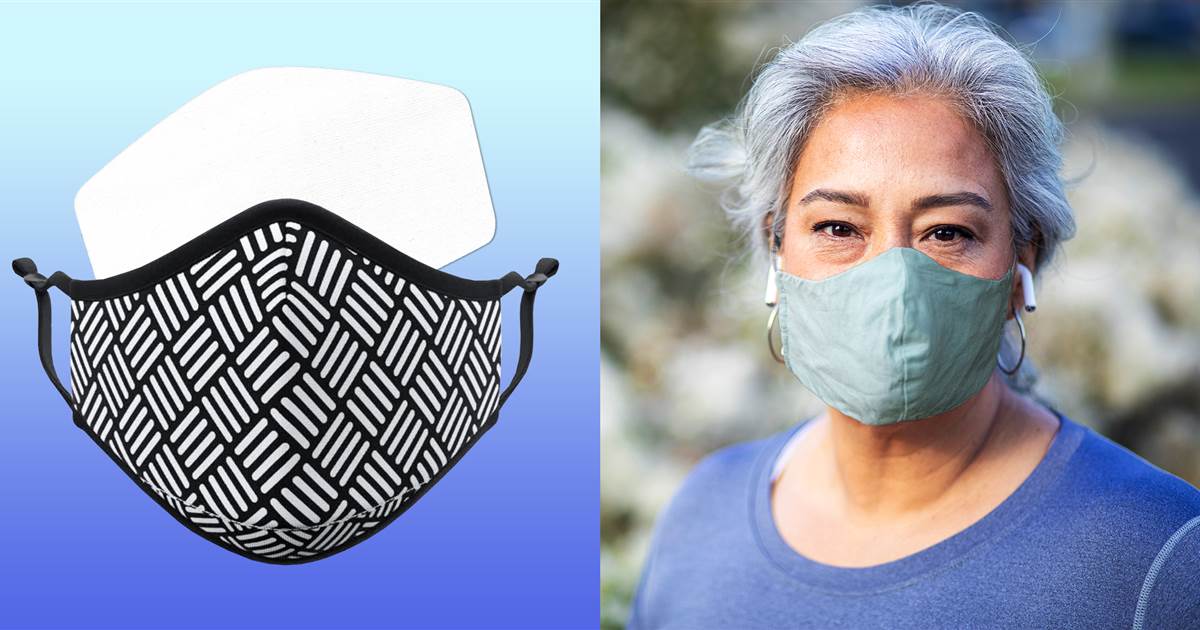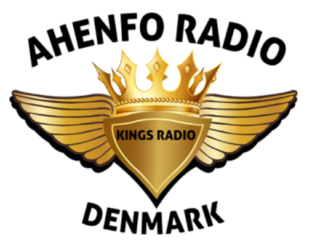
In a week, you will have to wear a face mask in public transport, but where do the new requirements really apply? Get an overview here.
From in a week it will be mandatory to use face mask in public transport.
This was announced by Prime Minister Mette Frederiksen (S) at a press conference .
Below you will find an overview of the new rules on protective equipment that you must follow if you use public transport.
-
The requirement will take effect from Saturday 22 August, but it is recommended that you already wear a face mask or visor on your trip.
-
Instead of a face mask, a visor can be worn.
-
The requirement applies around the clock.
-
The requirement applies to all travelers over the age of 12.
-
The requirement applies to all public transport, ferries, long-distance buses, flexi-traffic and taxis, as well as at bus, metro, light rail and train stations.
-
The requirement also applies to employees with passenger contact – if the employee is in a compartment where the passengers do not have access, there is no requirement for protective equipment.
-
If you do not wear a face mask, you will be asked to leave the means of transport. Failure to do so will involve the police.
-
Some adults may be exempted from the requirement to wear a face mask for health reasons. These are people with difficulty breathing, decreased level of consciousness, or people with physical or mental impairments, which means that they cannot remove the mouthpiece themselves.
-
Pregnant women do not have to wear face mask.
-
People at so-called increased risk should wear face mask in all places where it is not possible to keep a distance of two meters, and when you are out among others than those in your household. These people include the elderly, people in nursing homes, the severely obese, people with certain chronic diseases or conditions, and people without permanent residence.
-
The face mask should be removed if you get severe discomfort and discomfort such as difficulty breathing and choking sensations.
-
The face mask can be removed if you need to eat, drink or take medicine.
-
The face mask can be removed if you need to talk to people who read your mouth.
-
The face mask can be removed if the police need to make identification.



